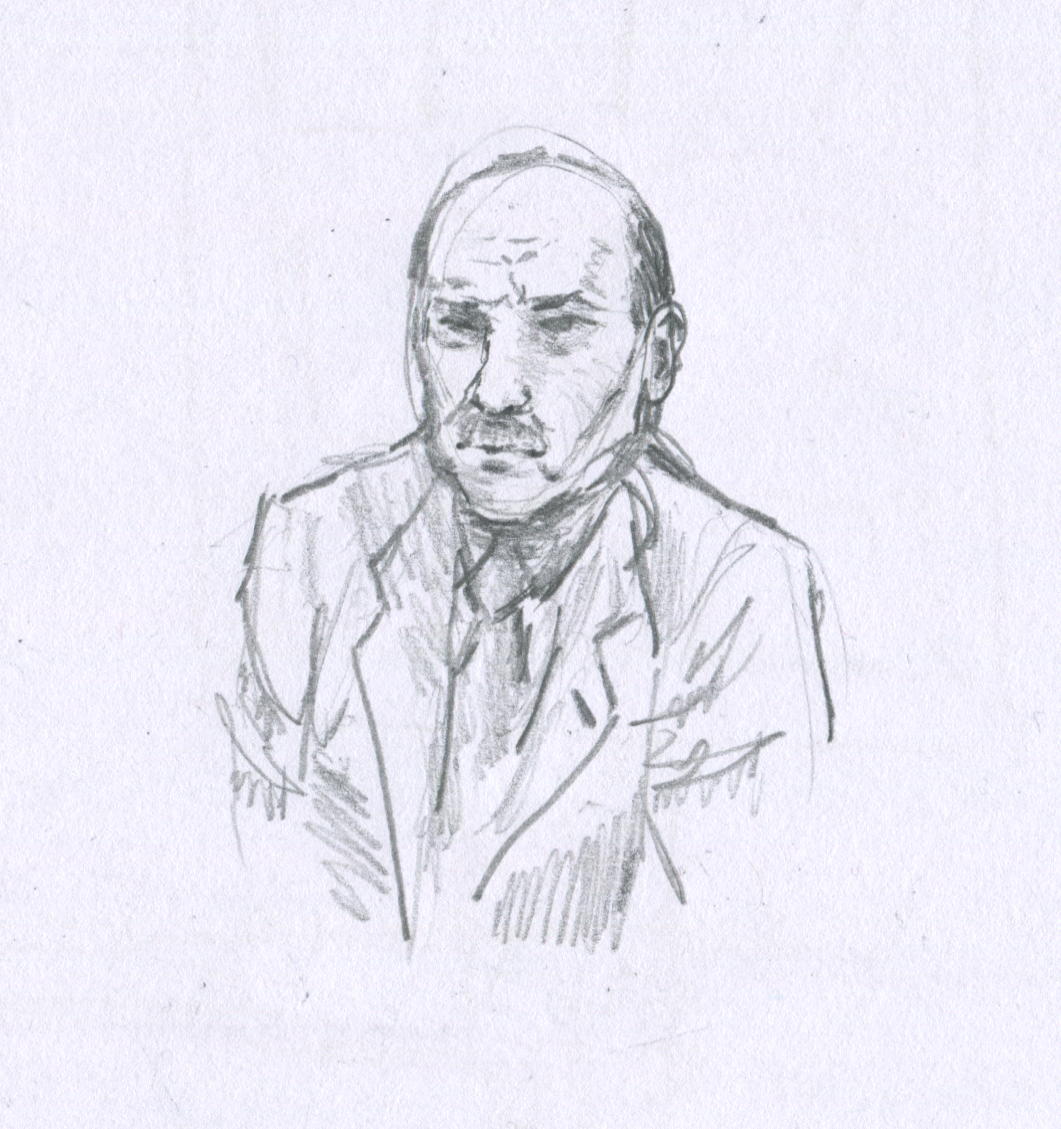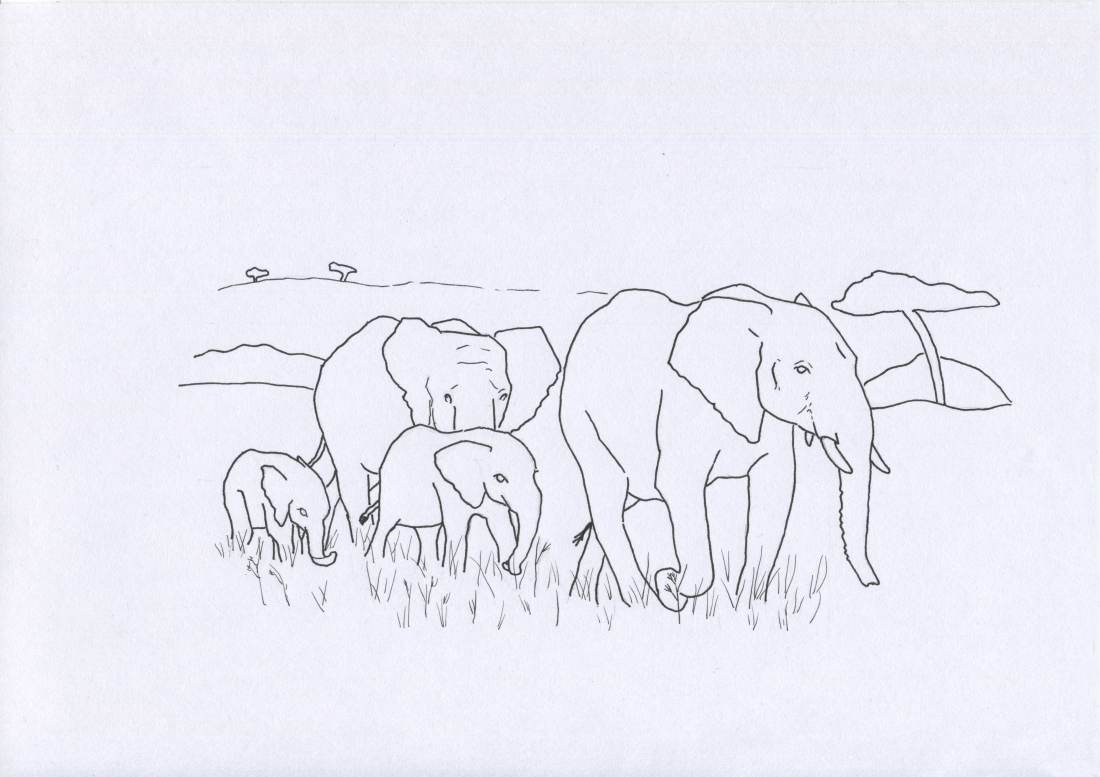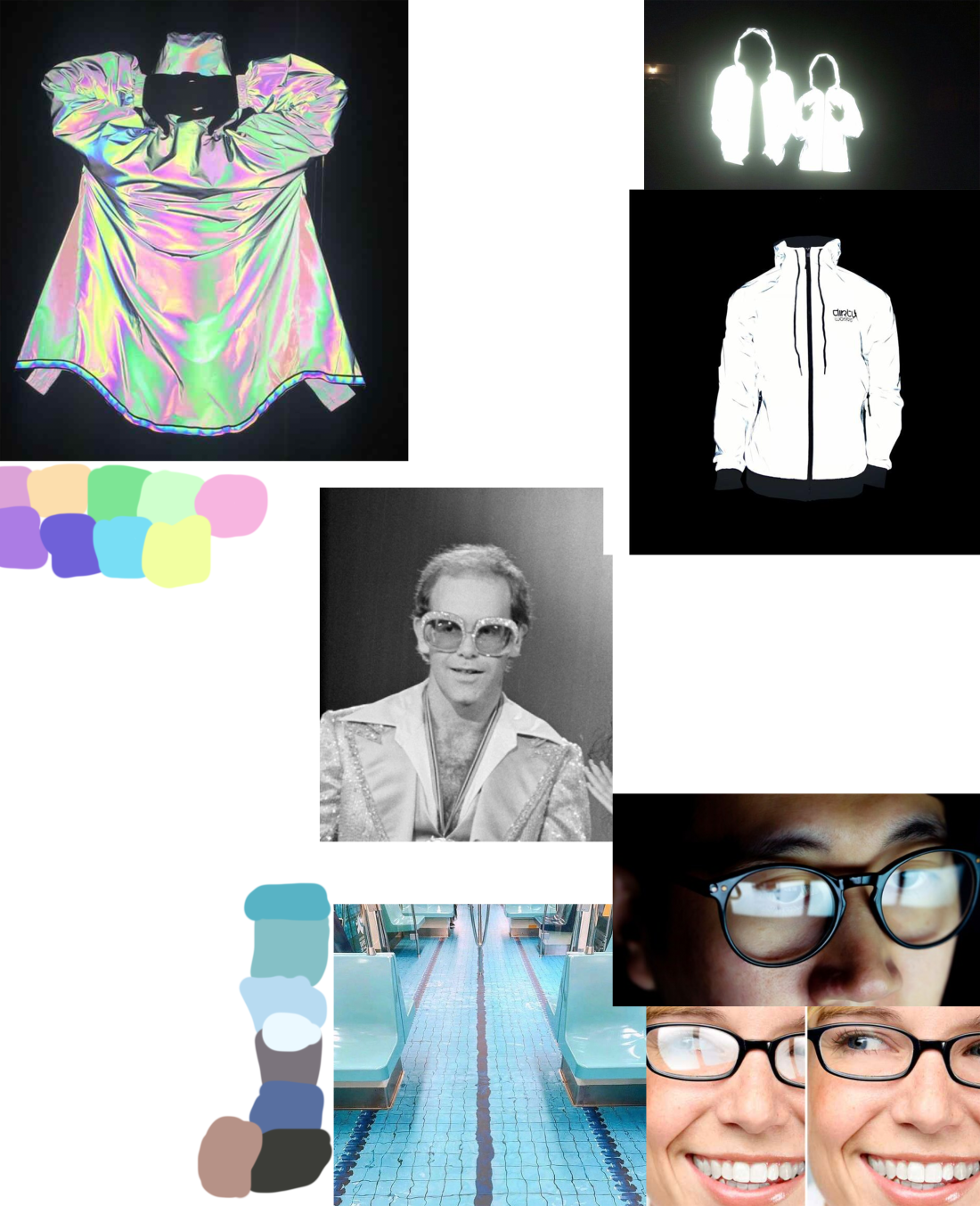For this exercise I have chosen the topic of reaching retirement.
When I started reading the material about visual metaphors I found it a bit hard to understand. Seeing a few pictures I understood the general idea but I struggled to understand a lot of the examples. Perhaps this was because they didn’t have any text with them to drive the point home. I found this article which helped a lot and explained different types very well:
Visual Metaphors: 20 Creative Ads and What You Can Learn From Them
I really liked the Tic Tac advert
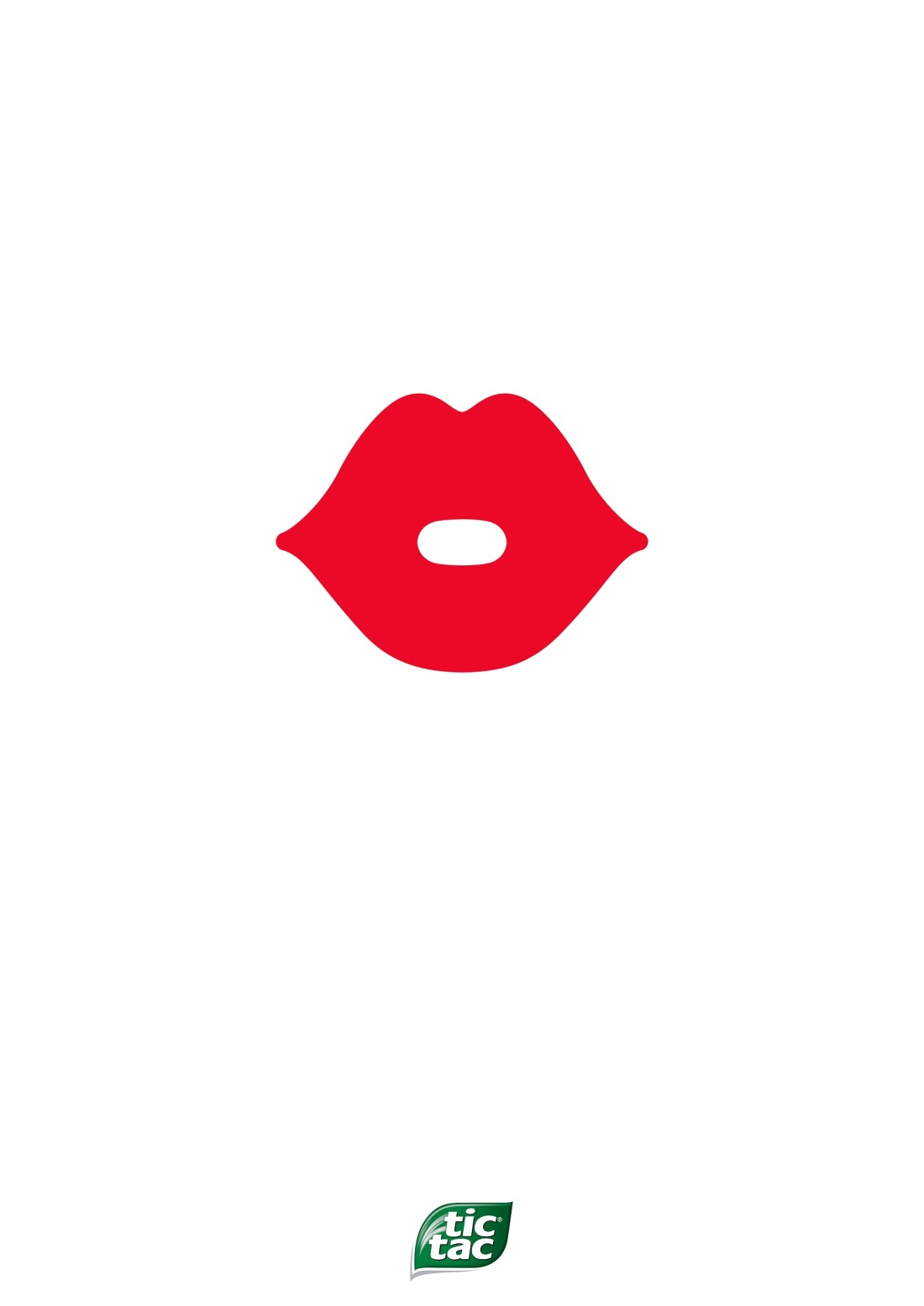
I also found this article which contains illustrations by Davide Bonazzi:
In the first article about adverts, a lot of them were digitally edited photos and they were very clean looking, so it was nice to see an article showing how this kind of thing can be done in different ways with illustration, too.
The best ones in my opinion are those that give you a clear message the instant you see them like this one by National Geographic, I think it’s amazing:

I thought the idea of a spider diagram would help generate words from which I could draw the visual list:
Of course at 26 I have preconceptions about retirement from media, cliches such as cruise ship holidays and gardening, but I wanted some accurate information so I googled ‘reaching retirement’ and found a lot of the information was about money, pensions and how best to deal with the money side of things. Then I saw this article which really helped me understand a bit more from someone who had retired and experienced it first-hand:
I added some key words from this article to my spider diagram too but so far nothing clear had sprung to mind, although I liked the idea of the big contrasts such as new versus old, and the bittersweetness where you really have some negative sides and extremely positive sides to it so there are strong contrasts with this subject.

I then began the visual list of objects and subjects:
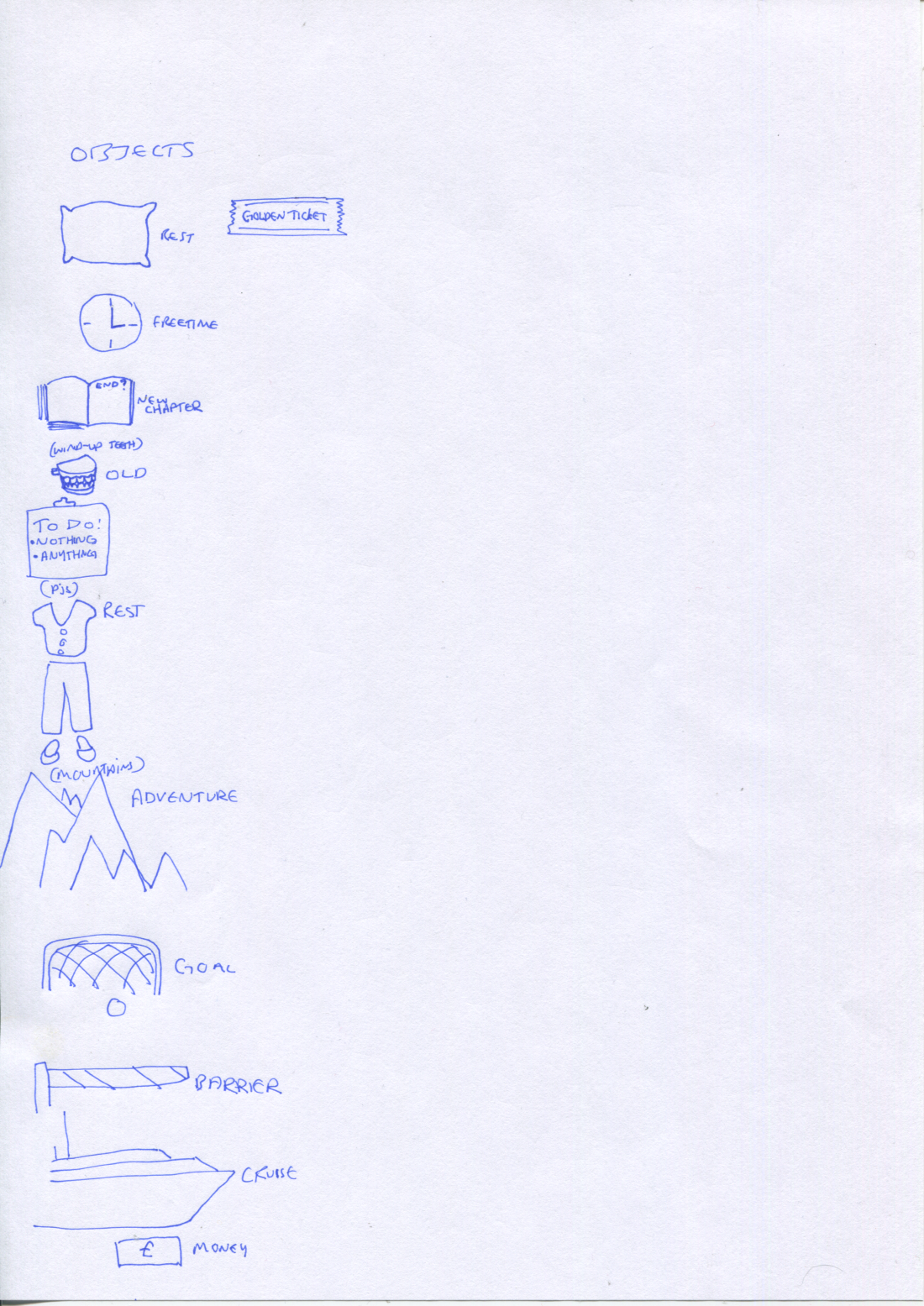
As I was making this list I realised I wanted to use objects as they were the best thing to quickly get the message across.
Then I produced a draft of the idea I had:
And then the final image:
The idea being that as you are older, you have already done everything. Now, you can do anything. I felt like this captured the uncertainty and entering the unknown that is retirement. It was a really hard subject to cover! It was tempting to focus on some specific aspect of retirement but I tried to focus on the actual overall subject. I chose older looking hands to hold the paper, hopefully giving some hint as to the subject. I tested the drawings on my mum and she didn’t like this idea at all haha. I couldn’t test it on my husband as he already knew what I had chosen for my subject. I like the simplicity of it and to me, after researching the subject it makes sense but I don’t really know whether it would work for others.



